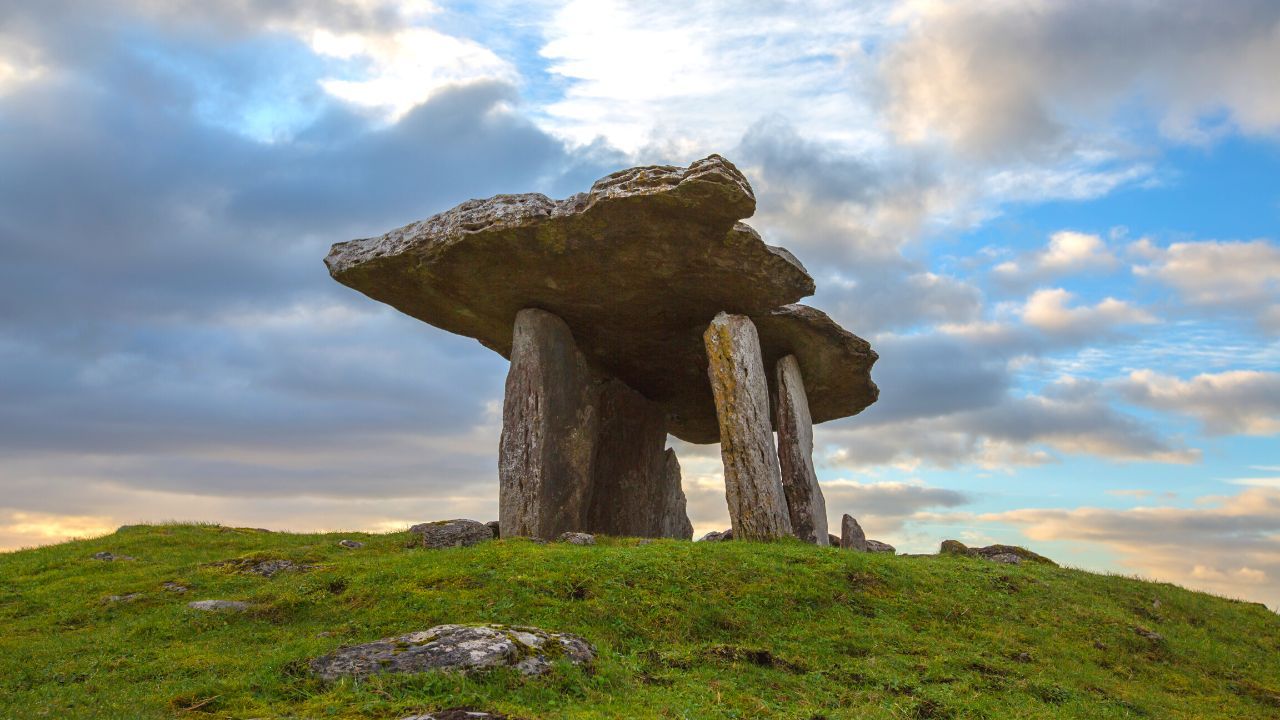
I like this format of writing a series of articles on one subject – it keeps me focused and allows me to go deeper. So, through the end of this month, we will be exploring altars – such a rich arena! - and hopefully providing inspiration to keep your head above the political fray. It’s important to participate, and at the same time keep the big-picture perspective lively.
Starting with the history of altars, I was initially going to write about those grand religious monuments and eventually come around to personal home altars. Yet what I found was that the first altars were more akin to those personal ones we live with every day! So I am looking at this exploration as coming full circle - from the earliest markers of a special place to stop and contemplate, to those reminders of spirit that we create in our own environment.
My guess is that humans have been creating altars from the beginning - that a sense of spiritual forces within and without have always guided us.
“Altars probably originated when certain localities (a tree, a spring, a rock) came to be regarded as holy or as inhabited by spirits or gods, whose intervention could be solicited by the worshiper. The worshiper’s gifts to propitiate or please the gods were placed on an altar nearby. In the earliest religions a stone, or heap of stones, or a mound of earth probably served this purpose. As the institution of sacrifice in sanctuaries and temples developed, more elaborate altars were built of stone or brick on which the victim was killed, and its blood channeled off or its flesh burned.” (Encyclopedia Britannica)
While many religions throughout history have performed ritual blood sacrifice, today that practice is generally frowned upon(!). And I would add that gifts, and a pause to reflect, can also serve as a general expression of gratitude (vs. enumerating our desires.)
In churches, temples, shrines, and buildings that are places of worship, the altar as an elevated structure or place has led to a “high” table as a common thread. Sometimes stone, sometimes wood, with items of importance and focus placed on or near it, it has become what we think of as a traditional altar.
Altars have been used in Paganism, Christianity, Buddhism, Hinduism and Judaism to name a few. Many historical faiths also made use of them, including Roman, Greek, and Norse religions.
Being religious doesn’t preclude you from being spiritual, but many find the religion they were raised with too limited or rigid. Religion can provide a sense of belonging and community – and we are hard-wired to seek this out. A powerful energy field is created when a group engages in spiritual practice. It’s ironic that for some, religion is alienating -and they reject the dogma that defines them as “other” or “less than”. We must seek out like-minded people to support our spiritual practices, whether it’s meditation, study, or ceremony.
I have always been drawn to these places of worship, no matter the religion. You can feel the energy of the prayers, the melodies of the human voice, the call to our better selves, embedded in those places. I revel in that eternal knowing that there is something greater than me/us.
Peace, love and healing -

Bear
Subscribe to my weekly blog with commentary and great resources about personal development, healing, and spirituality.
We will never sell or share your information with anyone!
